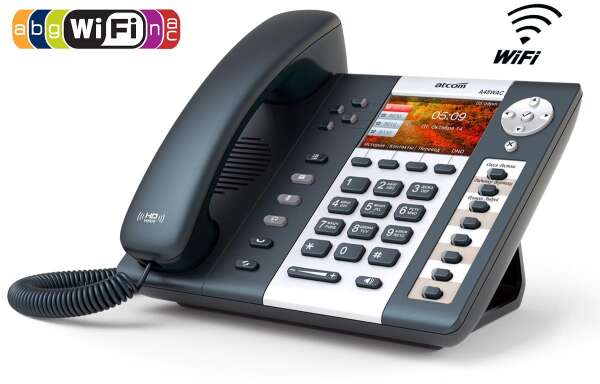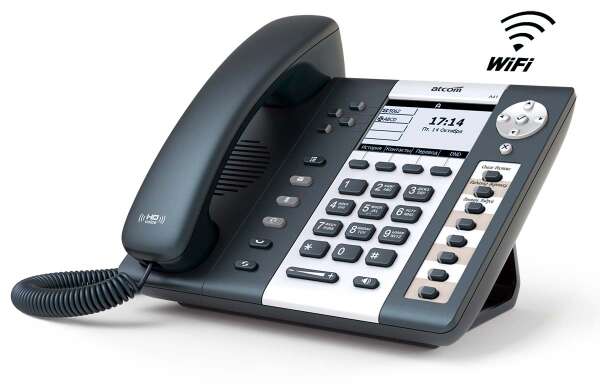
In our rapidly advancing world, the ability to stay connected without being tethered to a physical network has revolutionized the way we interact, work, and play. The advent of modern handheld communication gadgets has brought unprecedented convenience and efficiency, making it easier than ever to stay in touch, access information, and manage daily tasks. This new wave of technology offers a seamless integration of communication, entertainment, and productivity tools, all within a single, portable device.
These advanced devices are equipped with features that go beyond mere voice communication. They provide instant access to a global repository of information, enabling users to browse the web, stream media, and engage in video calls from virtually anywhere. The emphasis on mobility and ease of use has made these gadgets indispensable in both personal and professional settings, fostering a culture of constant connectivity and information sharing.
One of the standout features of these modern marvels is their ability to connect to the internet through wireless networks. This capability has opened up a world of possibilities, from real-time navigation and social media updates to online shopping and remote work. By eliminating the need for physical cables, these devices offer unparalleled flexibility and freedom, allowing users to move about freely while staying connected to the digital world.
As we continue to explore the potential of these innovative tools, it’s clear that they will play a crucial role in shaping the future of communication and connectivity. With ongoing advancements in technology, the capabilities of these devices are set to expand even further, promising an exciting and dynamic landscape for years to come.
Wi-Fi Enabled Phones: A Modern Necessity
In today’s fast-paced world, staying connected has become crucial for both personal and professional life. The ability to access the internet through mobile devices has revolutionized the way we communicate, work, and entertain ourselves. These devices allow us to browse the web, stream content, and stay in touch with loved ones, no matter where we are.
Connectivity is no longer a luxury but a requirement in our daily lives. Modern gadgets equipped with wireless internet capabilities provide seamless access to a vast amount of information and services. This connectivity empowers users to remain productive and informed, regardless of their location.
Moreover, these advanced tools offer numerous benefits, including faster data transfer, enhanced security features, and improved reliability. With the advent of wireless internet technology, users can now enjoy high-speed connections that facilitate various online activities, from video conferencing to online shopping.
Flexibility is another significant advantage of these devices. The ability to connect to the internet wirelessly eliminates the need for cumbersome cables and allows for greater mobility. Users can access their favorite apps and services on the go, ensuring they never miss out on important updates or opportunities.
As the world continues to embrace digital transformation, the importance of having devices that support wireless internet cannot be overstated. These gadgets have become an essential part of our everyday lives, enabling us to stay connected, informed, and entertained with ease.
The Evolution of Mobile Connectivity

Over the past few decades, the way we connect on the go has transformed dramatically. From early devices with limited capabilities to today’s advanced gadgets, the progression of mobile connections has revolutionized how we communicate, access information, and interact with the world around us. This section delves into the significant milestones and technological advancements that have shaped the current landscape of portable connectivity.
The journey began with the introduction of the first handheld devices, which offered basic communication features. These early models were bulky and limited in function, primarily focusing on voice calls. As technology advanced, so did the capabilities of these devices, gradually incorporating more features such as messaging, basic internet browsing, and rudimentary apps.
The development of mobile networks played a crucial role in this evolution. The initial networks were analog and offered very limited bandwidth and coverage. However, the transition to digital networks marked a significant improvement, enabling more efficient and reliable connections. With each generation of mobile network technology, from 2G to the current 5G, the speed, reliability, and functionality of mobile connections have improved exponentially.
Below is a summary of the key milestones in the evolution of mobile connectivity:
| Generation | Key Features | Impact |
|---|---|---|
| 1G | Analog voice calls | Introduced basic mobile communication |
| 2G | Digital voice, SMS | Improved call quality, added texting |
| 3G | Mobile internet, video calls | Enabled browsing and multimedia services |
| 4G | High-speed internet, HD video streaming | Enhanced media consumption and app usage |
| 5G | Ultra-fast internet, IoT support | Revolutionized connectivity and smart devices |
As we look to the future, the potential for further advancements in mobile connectivity remains vast. Emerging technologies promise to make our connections even faster, more reliable, and more integrated into every aspect of our lives. The continual evolution of mobile connectivity will undoubtedly lead to new innovations that will shape the way we live and communicate in the years to come.
From 2G to Wi-Fi

The evolution of mobile communication technology has transformed the way we connect and interact with the world. Starting from the early days of basic voice services, the advancements in connectivity have led to the development of sophisticated networks that support high-speed data transfer, seamless internet browsing, and a multitude of multimedia applications. This section explores the journey from the second generation of mobile networks to the advent of modern wireless standards, highlighting key milestones and technological breakthroughs that have shaped our digital experience.
The second generation, or 2G, marked a significant leap from its predecessor by introducing digital encryption of conversations, improved sound quality, and the ability to send text messages. This era laid the foundation for future advancements by establishing robust and reliable communication protocols.
As the demand for data services grew, the third generation (3G) emerged, offering faster data rates and enabling video calls and mobile internet access. This phase witnessed the birth of smartphones, devices that combined communication capabilities with powerful computing functions.
The subsequent fourth generation (4G) brought even higher speeds, lower latency, and enhanced support for high-definition video streaming, gaming, and other data-intensive applications. The development of Long-Term Evolution (LTE) technology played a crucial role in this transformation, ensuring widespread adoption and improved user experiences.
Today, the fifth generation (5G) is pushing the boundaries further by promising ultra-fast speeds, massive connectivity, and minimal delays. This new standard is set to revolutionize industries by enabling the Internet of Things (IoT), smart cities, and autonomous vehicles, among other innovations.
| Generation | Key Features | Impact |
|---|---|---|
| 2G | Digital encryption, SMS, improved sound quality | Enhanced security, introduction of text messaging |
| 3G | Faster data rates, video calls, mobile internet | Smartphones, increased data usage |
| 4G | High-speed internet, HD streaming, low latency | Widespread mobile internet, better user experience |
| 5G | Ultra-fast speeds, IoT support, minimal delays | Smart cities, IoT, autonomous vehicles |
The Impact of Wi-Fi on Mobile Internet
With the ever-increasing demand for internet connectivity, the role of wireless networks in mobile data usage has become crucial. These networks provide an alternative to traditional cellular data, offering various benefits that enhance the user experience and support diverse online activities.
One significant advantage of using wireless networks is the improvement in connection speed. Users often experience faster download and upload rates, which is particularly beneficial for activities such as streaming, online gaming, and video conferencing. This enhancement in speed allows for a more seamless and efficient online experience.
Another critical aspect is the cost efficiency provided by these networks. Accessing the internet through wireless connections can significantly reduce data consumption from cellular plans, leading to lower expenses for users. This cost-saving benefit is especially important for those with limited data plans or those who frequently use data-intensive applications.
Reliability is also a key factor in the popularity of wireless networks. In many situations, they offer a more stable connection compared to cellular networks, particularly in areas with poor cellular coverage. This stability ensures consistent access to online resources and services, which is essential for both personal and professional activities.
Wireless networks also contribute to the preservation of battery life in mobile devices. When connected to a wireless network, devices tend to consume less power compared to using cellular data. This can extend the battery life, allowing users to stay connected for longer periods without needing to recharge frequently.
| Benefit | Description |
|---|---|
| Speed | Enhanced download and upload rates for a smoother online experience. |
| Cost Efficiency | Reduced data consumption from cellular plans, leading to lower expenses. |
| Reliability | More stable connections, particularly in areas with poor cellular coverage. |
| Battery Preservation | Less power consumption compared to cellular data, extending battery life. |